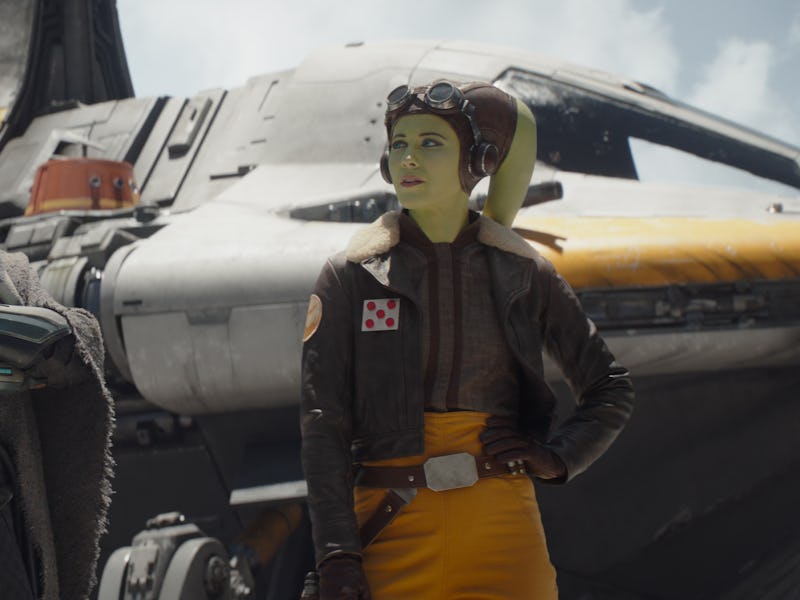Ahsoka Proves Star Wars Is Learning the Wrong Lesson from the MCU
Every story is connected... whether you want them to be or not.

It’s easy to forget now, but when The Mandalorian premiered in 2019, it wasn’t clear what the future of Lucasfilm’s Disney+ originals was. At the time, The Mandalorian seemed like nothing more than a fun but unimportant space Western about a bounty hunter. But once its Season 1 finale aired and viewers saw Moff Gideon emerge from his crashed ship holding the Darksaber, it became clear The Mandalorian would incorporate important Star Wars lore into its story.
Four years later, The Mandalorian has launched two spin-offs, The Book of Boba Fett and Ahsoka, and become one of several Star Wars shows dedicated to fleshing out the franchise’s New Republic era. It was also revealed earlier this year that the stories of The Mandalorian, Boba Fett, and Ahsoka will culminate in a Dave Filoni-directed crossover film. If reading that makes you think of the Marvel Cinematic Universe, you’re not alone.
Now that the first two episodes of Ahsoka are available to stream on Disney+, it’s safe to say the bulk of Lucasfilm’s current efforts are devoted to bringing characters and stories from Filoni’s animated Star Wars shows into the live-action side of the franchise. While that creative direction continues to result in some exciting moments, it’s also made the Star Wars universe feel increasingly indebted to the MCU — for better or worse.
In Ahsoka, Sabine Wren, Ezra Bridger, Grand Admiral Thrawn, and Hera Syndulla all make the jump to live-action.
For most of its existence, the Star Wars franchise wasn’t as interconnected as the MCU. The series was primarily film-based, and spin-off movies like Rogue One and Solo were allowed to have little to do with each other. The franchise hasn’t totally done away with that approach; Andor seems to exist free of the narrative requirements of its fellow Disney+ originals, and titles like Lando and The Acolyte have the potential to be similarly self-contained. Outside of Andor, though, Lucasfilm’s current Star Wars projects are increasingly focused on telling one ongoing, multi-year arc.
That story, which began in The Mandalorian, has grown to encompass many of the characters from Rebels. As a result, the Star Wars franchise feels increasingly beholden to the rules, tone, and aesthetic of both Rebels and its Filoni-helmed predecessor, The Clone Wars. That’s allowed the franchise’s more recent installments to dig into the lore and plot threads of those fan favorites, but Star Wars’ growing reliance on Rebels and The Clone Wars has also made The Mandalorian and Ahsoka feel a bit too stiff and reigned in.
The most recent season of The Mandalorian was bogged down by the work it had to do to resolve some of the greater Star Wars universe’s storylines and set up the corrupt political landscape of the New Republic. Those unnecessary responsibilities left The Mandalorian Season 3 feeling disappointingly unfocused and uneven. Ahsoka, meanwhile, already feels too bound to its established characters and their backstories to truly exist as its own adventure. It could grow beyond its current limitations, but for now Ahsoka seems primed to be a well-made but not particularly daring addition to the franchise.
Ahsoka is just one piece of an ever-growing puzzle.
There’s nothing inherently wrong with Lucasfilm committing to a multimedia, multi-year story. Such heightened narrative interconnectivity does, however, make it difficult for artists and storytellers to innovate and take legitimate creative risks. As Ahsoka pushes Lucasfilm further into its New Republic story, the studio shouldn’t forget the appeal one-off films and TV shows still hold, especially when they’re set in a galaxy far, far away.
New episodes of Ahsoka premiere Tuesday nights on Disney+.